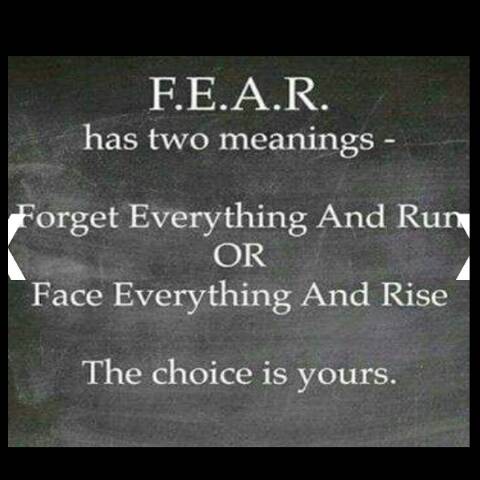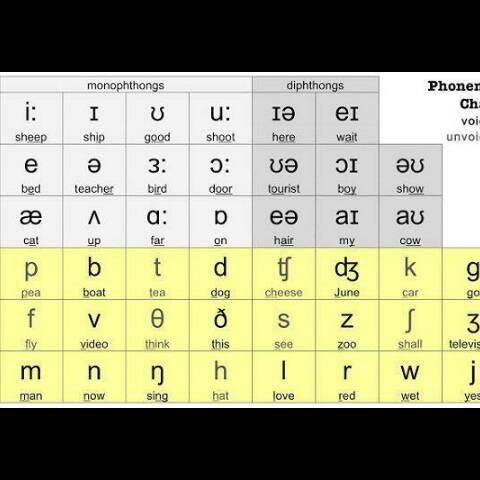English lesson 3:
How to use adverbs and adjectives:
Adverbs
- words that describe a verb Adjective - words that describe nouns
Adjectives:
You can either put the adjective before or after the noun.
Before = the (adjective) (noun)
Example1 = the handsome boy
Adjective noun
Example 2 = the pretty girl
A. N
After the noun = the (noun) was/is (adjective)
Example 1 = The boy was tall
Noun Adjective
Example 2 = the mirror is shiny
Noun Adjective
How to know whether to use “is” or “was”.
If you are talking about a quality that used to be true but is no longer true you should use “was”
If you are talking about a quality that is still true you should use “is”
If you use the wrong one or get mixed up it’s not that big of a deal.
Adverbs
Adverbs describe how an action is being done.
Most adverbs end with -ly
Examples: quietly,slowly,quickly,carefully
But there are some exceptions (we will go through the exceptions and they’re rules in another lesson)
Again you can use adverbs before or after verbs.
Before verbs = subject adverb verb
Example 1 = They slowly walked
S adverb verb
Example 2 = She quickly ate
S adverb verb
After the verb = subject verb adverb
Example 1 = I talked quietly
S verb adverb
Example 2 = He carefully carried the baby
S adverb verb Object
You can add an object after the verb in both cases, whether the adverb comes before or after the verb.
Hope this helped :)
Next lesson will be on writing and speaking
Download the HelloTalk app to join the conversation.
 Download
Download














